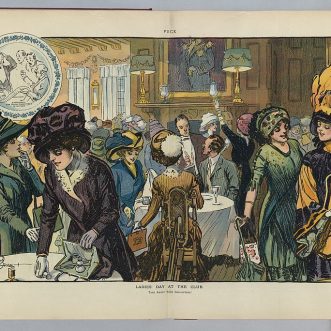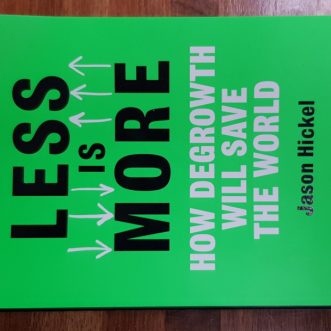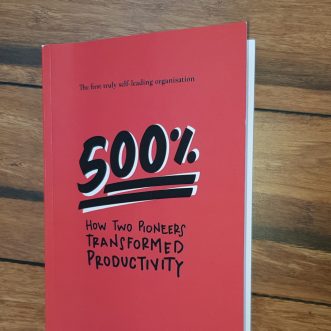
What’s wrong with being a boss?
A boss is someone who tells you what to do. Often they also tell you how to do it. A boss’s job is to get more work out of you than they are paying you for.
On the whole, we don’t like how it feels to be on the receiving end of either of these things, which is why we leave big corporates to become ‘our own boss’.
But when we have to work with other people, we have to become ‘the boss’. And it doesn’t matter how much you dress it up as leadership, the job is the same – getting more work out of others than we’re paying them for, telling them what to do and how. It’s uncomfortable. It feels wrong. Especially when we’re a small team that feels more like family. You don’t do these things to family.
It’s also frustrating, because your team know what a boss is, and what a boss does. and they don’t like it any more than you did.
Turning yourself into the thing you hoped to leave behind is not inevitable. If you build a system that enables every person in your enterprise to lead, and rewards them accordingly, you avoid the discomfort and frustration of being a boss. Ironically, it enables everyone to get more work done too. So if you’re focused on impact rather than profit, this is the way forward.
When everyone’s a leader, the boss can happily disappear.







